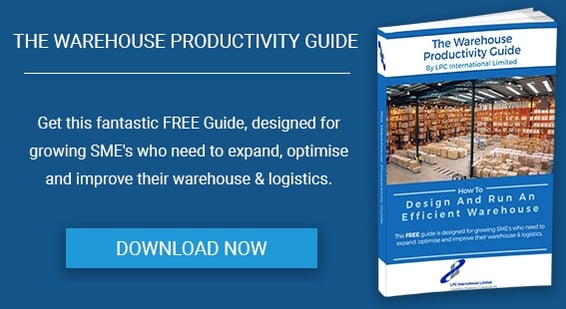
The Cloud is one of those terms that doesn’t have a commonly accepted, unambiguous definition. From the supply chain point of view, it can be considered an outsourced service that supplies or supports your IT systems. Virtually the complete range of systems and services can be ‘Clouded’ and this has the same drivers as shared user warehousing and transport services – sharing overheads and resources reduces costs; the ability to flex capacity to meet demand; paying only for what you use; and management by a third party.
There are many options for Cloud computing – Infrastructure as a Service (IaaS), Platform as a Service (PaaS), Software as a Service (SaaS) – and types: public, private or hybrid. The introduction of all or any of them means that a company is moving from a traditional CAPEX approach (buying hardware and depreciating it) to an OPEX approach (pay as you use it). For this reason, a move to Cloud computing is often initiated by the need to update IT systems.
There are advantages in cost and flexibility, but there are issues that have to be dealt with. What are the issues and where does responsibility and ownership reside? There are three parties involved in a Cloud computing contract – the end user, the business management and the Cloud service provider.
The End User
Many operations – whether they are warehouses, transport depots or fulfilment operations – have their IT systems hosted outside their four walls (even if not, they are the domain of the IT department, not Operations). The service comes down the wire so the key point is that it should be invisible to the end user whether it is from his own data centre or the Cloud, eg system response times should not be extended. When there are issues, there should resource available to solve them and an appropriate escalation process.
The Business Management
As this is where the issues are and responsibility resides, it is the key area in successful outsourcing and covers:
- Asset provisioning and quality of service – a consistent approach should be taken across in-house equipment and services and Cloud services, with sufficient assets and resources available to support the quality of service desired
- Standards – agreed standards are required to ensure interoperability to work in different Cloud environments, with portability needed to be able to move from one vendor to another
- Governance and compliance – this covers who is responsible for what and the policies and procedures to be followed; you need to understand compliance and risk and business performance targets
- Data and security – managing data requires security and privacy, with the same principles that apply to on-site computing
Cloud Service Provider
Your data, applications and services don’t wander ‘lonely as a cloud’, they reside somewhere and there will be some physical kit, however flexible, in some data centre(s) somewhere. A provider should have the resources and scale to support your business and be responsive to your needs. You must be important to them and made to feel so.
Cloud computing is a growing area and does offer a lot of benefits. However, as with any outsourcing, a successful move requires planning, project management, risk analysis and contingency plans.


